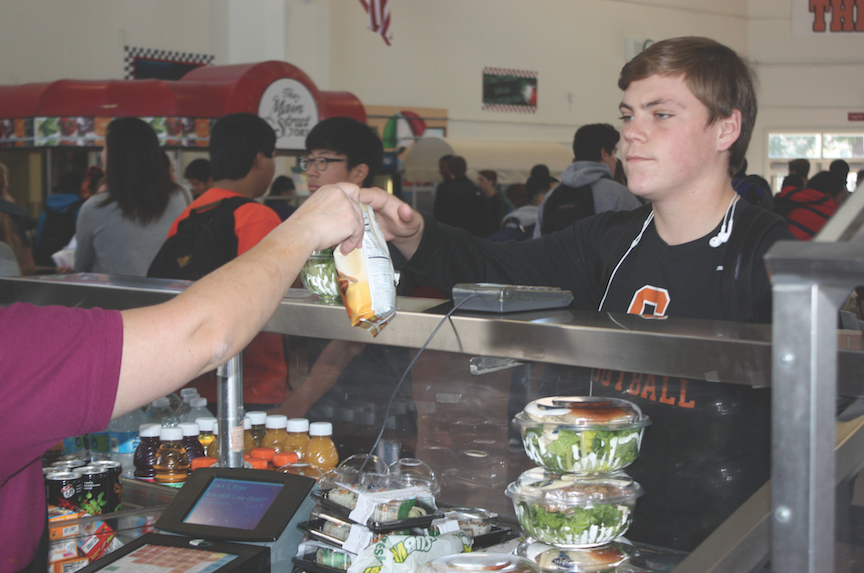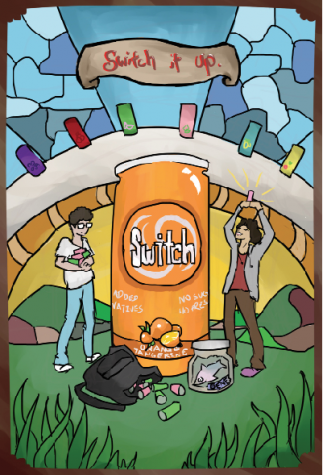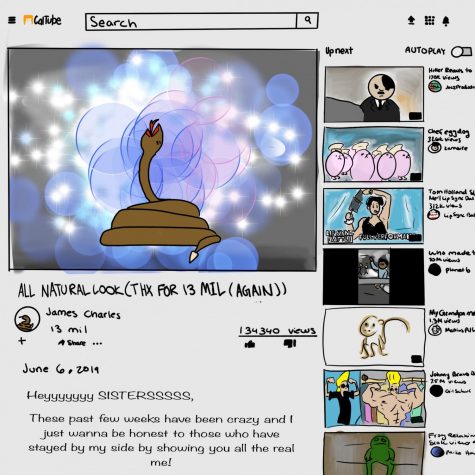Cal cafeteria cuisine unwanted
Changes to the food served at American schools were put into effect July 1, 2012, as part of the National School Lunch Act that altered the composition of the cafeteria food greatly.
“Sodium, fats and carbohydrates underwent extreme government scrutiny to prevent obesity,” said Bruce Hall, the school district’s director of nutrition.
But two years after these changes went into effect, some students are still dissatisfied by the quality of the food served on campus.
“I think the food is getting worse every year,” said senior Manny Vainer.
Of 343 students polled by The Californian, 184 students, or 54 percent, said they are unhappy with school lunches.
“They (school lunches) make me sick,” said senior Leah Baughman. “After I buy them, I think, ‘Why did I buy that?’ because I could’ve brought something from home that tasted so much better.”
Administrators actually ate lunch at the cafeteria in September to address the issue of food quality and taste. They performed a full taste test of the cuisine offered to the students, and most of the entrees passed, said Principal Sarah Wondolowski.
But Wondolowski said the school is working with the district to revise the menu to provide what students want, while also fulfilling nutritional requirements.
“We should be teaching kids to eat healthy,” said Wondolowski.
Wondolowski said she recently spoke to the district’s nutrition department about having a vegetarian and allergy-friendly salad bar in the cafeteria.
All foods offered to students must also be within the strict guidelines of the government.
Hall has the challenging job of finding healthy food that students will still enjoy.
“I believe in doing what is best for the kids,” said Hall.
The current lunch providers are Goldstar, Berkeley Farms, Sara Lee, Saladino’s, and the district warehouse, according to Wondolowski.
These companies already alter their food to specifically meet the government guidelines for school lunches. Several students have expressed a desire to have the cafeteria feature major food chains, such as McDonald’s and Starbucks.
“Bring in Chipotle,” said junior Jenny Kutzler.
But the difficulty is the chains would have to change their products, as the other major lunch providers already have, to meet government standards, said Hall.
The major food chain meals would only be allowed on campus three times a year because of the National School Lunch Act.
District employee and head of the lunch room staff, Sheri Moore, said for the school to have these outside food brands on campus on a regular basis, the district would have to buy a franchise of the brand.
Subway is available on campus because the district has bought a franchise that is willing to change the composition of all of its components to fit the National School Lunch Program (NSLP) guidelines.
All of Subway’s food is prepared fresh every day.
The Subway bread is baked first thing in the morning, said Moore. Students find this hard to believe.
“It doesn’t taste fresh,” said junior Sahil Saboo.
Junior Ysabelle Sanguin, who eats lunch from the cafeteria on a regular basis, agrees.
“The food tastes greasy and cheap,” said Sanguin.
But in order to serve food that does not follow NSLP guidelines in the cafeteria, the school would have to opt out of the NSLP program entirely.
Hall says the numbers of free lunches students can receive will be reduced and the district will be responsible for all expenses regarding food.
Cafeteria food has tight restrictions, allowing administrators only to make minor changes in response to student complaints.
Many healthy options are already available in the cafeteria, like prepackaged salads, chicken with brown rice, and vegetables. These foods are constructed with potentially healthy elements, but when combined with other ingredients, they can be problematic to students’ health.
Orange chicken with white rice and a side of broccoli is one of the entrees sold in the cafeteria.
According to www.schwansfoodservice.com, the ingredients of orange chicken, excluding the sauce, are “cooked breaded dark meat chicken (boneless, skinless dark meat chicken, wheat flour, chicken broth, dried whole egg…,” and 2 percent or less of,“…dextrose, flavorings, isolated soy protein, salt, wheat gluten, breading set in vegetable oil).”
This poses a problem for students with allergies because they may not be expecting certain allergy-causing ingredients to be in foods that normally would not contain them.
Students also voiced a concern regarding lunch sizes.
“They don’t give enough food,” said junior Allison Schiffman.
But the average number of calories per lunch is 775 calories, according to the National School Lunch Program (NSLP).
According to www.choosemyplate.gov, the amount of calories for a healthy meal should only be around 600 calories.
The nutrition guidelines are meant to serve people who eat three full meals a day, which include an entree, a fruit, milk, and two snacks.
If students were to consume three meals of the school lunch size and two snacks at the calories offered, they would be eating 2,725 calories per day instead of the target 2,000.










